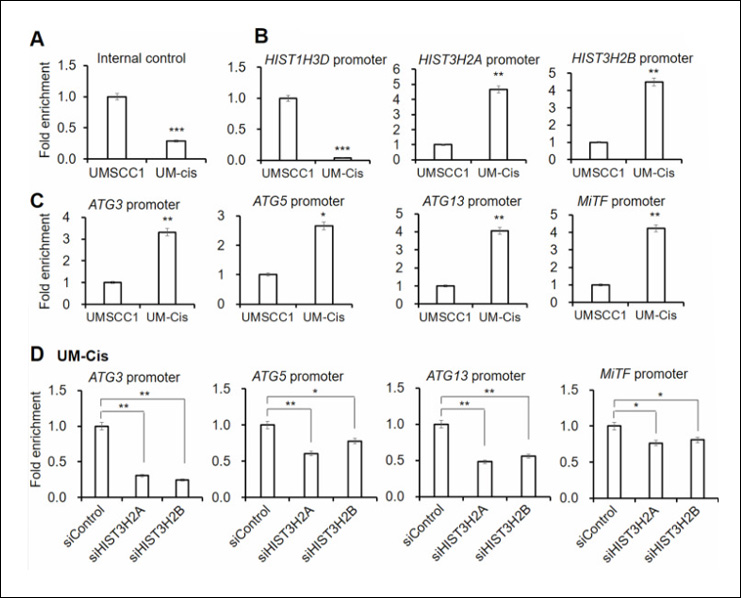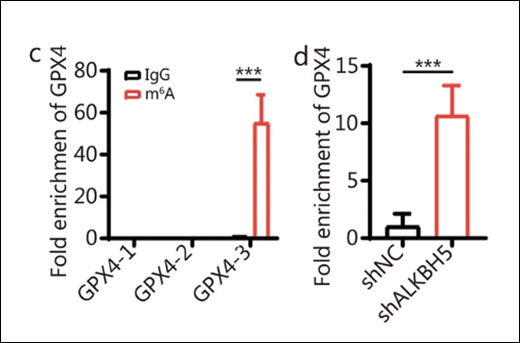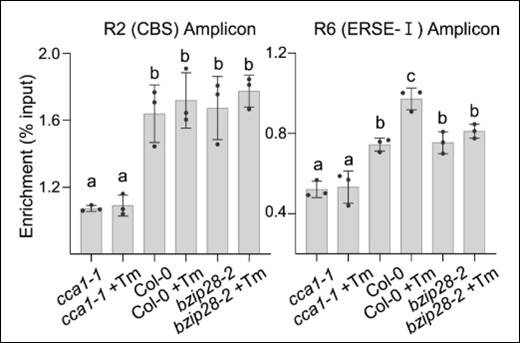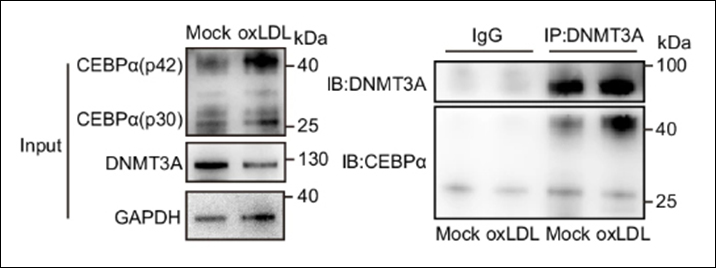Negi CK et. al. (September 2024). Triphenyl Phosphate Alters Methyltransferase Expression and Induces Genome-Wide Aberrant DNA Methylation in Zebrafish Larvae Chem Res Toxicol. 37(9):1549-1561.
This study examines the epigenetic effects of the flame retardant triphenyl phosphate (TPHP) on zebrafish larvae. TPHP exposure reduced DNA methyltransferase (DNMT) and TET enzyme expression, causing genome-wide DNA methylation changes, mainly in introns and intergenic regions. Pathway analysis suggests TPHP affects metabolism, neurological development, and key signaling pathways, highlighting its epigenetic impact.
Products Used: EpiQuik Nuclear Extraction Kit, MethylFlash Methylated DNA Quantification Kit (Fluorometric), EpiQuik DNMT Activity/Inhibition Assay Ultra Kit (Colorimetric)
Zhao D et. al. (August 2024). Inflammation-induced epigenetic imprinting regulates intestinal stem cells Cell Stem Cell.
This study explores how inflammation affects intestinal stem cells (ISCs) in models of acute gastrointestinal graft-versus-host disease (GI GVHD). Inflammation triggers metabolic changes in Lgr5+ ISCs, leading to succinate buildup and epigenetic reprogramming. These changes impair ISC differentiation and regeneration both in organoid cultures and in vivo, even after inflammation resolves. The findings suggest that inflammation leaves lasting epigenetic scars on ISCs, reducing their ability to respond to future stress.
Products Used: MethylFlash Global DNA Methylation (5-mC) ELISA Easy Kit (Colorimetric)
Rath SK et. al. (August 2024). Loss of tet methyl cytosine dioxygenase 3 (TET3) enhances cardiac fibrosis via modulating the DNA damage repair response Clin Epigenetics. 16(1):119.
This study reveals that the loss of TET3, a DNA demethylating enzyme, exacerbates cardiac fibrosis by impairing DNA damage repair in cardiac fibroblasts. TET3 normally promotes error-free homologous recombination (HR) repair, but its reduction shifts repair toward the more error-prone non-homologous end joining (NHEJ) pathway, leading to increased fibroblast proliferation. In vitro and in vivo models, along with human tissue data, show that overexpressing TET3 restores HR repair and limits fibrosis. These findings position TET3 as a key regulator of DNA repair and a potential therapeutic target for cardiac fibrosis.
Products Used: MethylFlash Global DNA Hydroxymethylation (5-hmC) ELISA Easy Kit (Colorimetric)
Shibuya K et. al. (September 2024). A chemical approach to extend flower longevity of Japanese morning glory via inhibition of master senescence regulator EPHEMERAL1 Nat Plants. 10(9):1377-1388.
This study explores a chemical method to delay petal senescence in Japanese morning glory by inhibiting the transcription factor EPHEMERAL1 (EPH1), a key regulator of this process. Researchers identified two compounds, Everlastin1 and Everlastin2, that block EPH1’s DNA-binding activity by preventing its dimerization. This inhibition delayed senescence and suppressed the expression of genes related to programmed cell death and autophagy. The findings suggest that targeting transcription factors with small molecules can effectively extend flower longevity.
Products Used: EpiQuik Plant ChIP Kit
Min H et. al. (August 2024). Onametostat, a PfPRMT5 inhibitor, exhibits antimalarial activity to Plasmodium falciparum Antimicrob Agents Chemother. :e0017624.
This study identifies onametostat, a novel inhibitor of protein arginine methyltransferase (PRMT), as a promising antimalarial agent targeting Plasmodium falciparum, the parasite responsible for severe malaria. Onametostat effectively inhibited the parasite’s asexual growth with an IC50 of 1.69 µM. It specifically targets PfPRMT5, reducing histone H3R2 dimethylation (H3R2me2s) and impairing the parasite’s ability to invade red blood cells. These findings highlight onametostat's potential as a foundation for developing new antimalarial drugs by targeting PRMTs in P. falciparum.
Products Used: Histone H3R2 Dimethyl Symmetric (H3R2me2s) Polyclonal Antibody
Chen Y et. al. (August 2024). Pterostilbene improves neurological dysfunction and neuroinflammation after ischaemic stroke via HDAC3/Nrf1-mediated microglial activation Cell Mol Biol Lett. 29(1):114.
This study shows that pterostilbene (PTS) reduces neuroinflammation and improves neurological function after ischemic stroke by modulating the HDAC3/Nrf1 pathway. PTS decreased HDAC3 activity, increased Nrf1 acetylation, and reduced inflammatory markers, offering potential as a stroke therapy by protecting against microglial damage and limiting brain injury.
Products Used: EpiQuik HDAC Activity/Inhibition Assay Kit (Colorimetric)




 Cart (0)
Cart (0)













